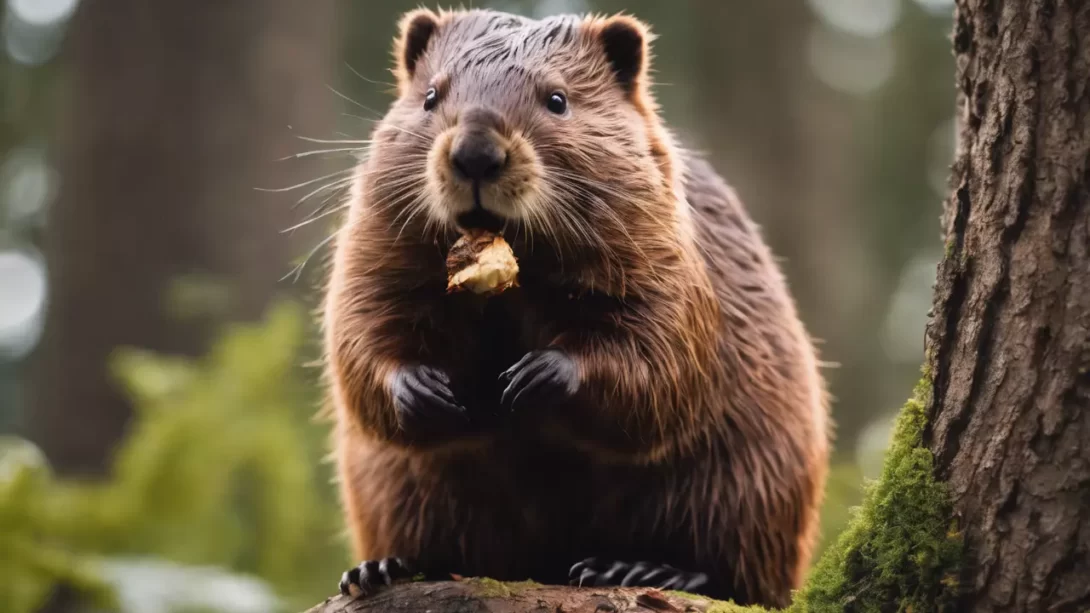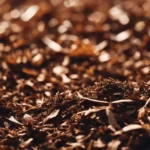Trees play a crucial role in the world’s ecosystems, not only as a source of oxygen and carbon sequestration but also as vital components of the food web. Various animals, from tiny insects to large mammals, depend on trees for their nutritional needs. This article delves into the diverse array of animals that eat trees, highlighting the complex relationships between these creatures and their arboreal food sources.
Herbivores and Trees
Herbivores that feed on trees can be found in a range of sizes and species. Large herbivores like elephants and giraffes are often the most recognized tree-eaters. Elephants are known to strip bark and break branches, while giraffes use their long necks and tongues to feed on high tree leaves, especially acacia species. Smaller herbivores, including deer and koalas, also rely heavily on trees. Deer often feed on young shoots and leaves, while koalas are famously dependent on eucalyptus leaves, consuming almost nothing else.
Insects and Trees
Insects are perhaps the most prolific tree-eaters in the animal kingdom. They can have a significant impact on tree health and forest dynamics. Bark beetles, for example, bore into trees to lay their eggs, with the larvae feeding on the inner bark. Termites are another major tree-eating insect, known for consuming wood and causing structural damage to trees. Caterpillars, the larval stage of moths and butterflies, often feed voraciously on tree leaves, sometimes defoliating entire trees or even forests during outbreaks.
Birds and Trees
Birds also play a notable role in tree consumption. Woodpeckers are well-known for drilling into trees to find insects, their primary food source, but they also consume sap and the cambium layer of trees. Parrots, in tropical regions, feed on tree fruits, nuts, and sometimes bark. Additionally, many bird species are vital for tree propagation, as they consume fruits and disperse seeds through their droppings, facilitating the spread of tree species across landscapes.
Mammals and Trees
Among mammals, several species are known for their tree-eating habits. Beavers are perhaps the most famous example. These industrious animals cut down trees, primarily using them for constructing dams and lodges, but also consume the cambium, the soft tissue beneath the bark. Beavers prefer certain tree types, like willows, aspens, and maples. Another notable mammal is the panda, which relies almost exclusively on bamboo, a fast-growing grass that shares many characteristics with trees. Pandas spend a significant portion of their time eating bamboo to meet their nutritional needs.
Tree-Eating as an Ecosystem Service
The tree-eating behavior of these animals plays an important role in ecosystem dynamics. Herbivores like elephants and beavers can shape forest landscapes through their feeding habits. In eating and altering trees, they create openings in the forest canopy, which allows sunlight to reach the forest floor and supports the growth of a variety of plants, enhancing biodiversity. Similarly, the consumption of fruits and nuts by birds and other mammals aids in seed dispersal, facilitating the regeneration of forests and the spread of tree species. This natural process of tree-eating and its consequences is a crucial element of healthy ecosystems.
Challenges and Conservation
Tree-eating animals face numerous challenges, primarily due to habitat loss, climate change, and human activities. Deforestation and urbanization have significantly reduced the natural habitats of species like elephants, beavers, and pandas, limiting their access to their primary food sources. Climate change also impacts the availability and distribution of tree species, affecting the diet and survival of these animals. Conservation efforts are thus crucial in protecting these tree-eating species and preserving the ecological balance they help maintain.
Efforts to conserve these animals often involve habitat restoration, protection of existing forests, and creating wildlife corridors that allow for safe migration and access to diverse food sources. Conservation programs also focus on educating the public about the importance of these animals and the need to sustainably manage forest resources. Supporting these efforts can help ensure the survival of tree-eating species and the health of the ecosystems they inhabit.
Conclusion
The variety of animals that consume trees is a testament to the rich interdependence within ecosystems. From the tiny caterpillar to the mighty elephant, these creatures play a pivotal role in shaping their environments. Their feeding habits contribute not only to their survival but also to the health and diversity of forests worldwide. Understanding and supporting the balance between these animals and their arboreal food sources is vital for maintaining the health and diversity of our planet’s ecosystems.



